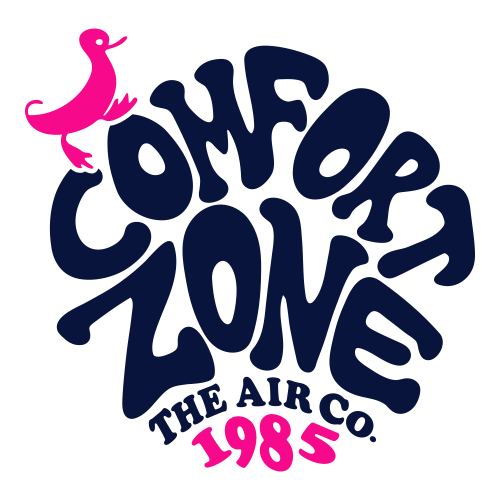When the weather starts to cool off, you may be thinking about how you’ll prepare your heating and cooling. After all, HVAC expenses frequently add up to a large chunk of your monthly electric bill. To try and find ways to reduce costs, some homeowners take a closer look at their thermostat. Is there a setting they could use to boost efficiency?
The bulk of thermostats have a ‘Fan’ or ‘Fan On’ setting. But if the fan is running during a regular cycle, what will the fan setting offer for an HVAC system? This guide should help. We’ll share precisely what the fan setting is and when you can use it to cut costs during the summer or winter.
My Thermostat Has a Fan Setting?
For the bulk of thermostats, the fan setting signifies that the HVAC blower fan keeps running. Certain furnaces can operate at a low level with this setting, but for the most part heating or cooling isn’t being generated. The ‘Auto’ setting, on the other hand, will start the fan over a heating or cooling cycle and turn it off when the cycle is over.
There are pros and cons to trying the fan setting on your thermostat, and whether you do or don’t {will|can|should]] depend on your distinct comfort needs.
Advantages to utilizing the Fan/On setting:
- You can keep the temperature throughout your home more consistent by allowing the fan to keep generating airflow.
- Indoor air quality will be highest as continuous airflow will keep forcing airborne contaminants through the air filter.
- A smaller number of start-stop cycles for the system’s fan helps lengthen its life span. As the air handler is often connected to the furnace, this means you could avoid needing furnace repair.
Disadvantages to utilizing the Fan/On setting:
- A constant fan could add to your energy costs somewhat.
- Constant airflow may clog your air filter up more quickly, increasing the frequency you should replace it.
{Choosing Between|Should My Thermostat Be on|Which Setting for My Thermostat? Fan or Auto in Each Season
Through the summer, warm air will sometimes persist in unfinished spaces such as the attic or an attached garage. If you keep the fan running, your HVAC system may gradually move this warm air into the rest of your home, pushing the HVAC system to work harder to keep up with the set temperature. In severe heat, this may lead to needing AC repair more often as wear and tear grows.
The opposite can occur over the winter. Cooler spaces such as a basement will hold onto cooler air, which can eventually make its way into the rest of your home. Leaving the fan running will sometimes pull more cold air upward, increasing the amount of heating you need to remain warm.
If you’re still trying to determine if you should try the fan/on setting, remember that every home and family’s comfort needs are not the same. Leaving the HVAC system’s fan on may be ideal for you if:
Someone in your household deals with allergies. Allergies and similar respiratory conditions can be tough on the family. Leaving the fan on can help to increase indoor air quality, helping your family breathe easier.
Your home experiences hot and cold spots. Lots of homes wrestle with persistent hot and cold spots that quickly evolve to a temperature different from the rest of the house. The fan setting might help minimize these changes by consistently refreshing each room’s supply of air.
